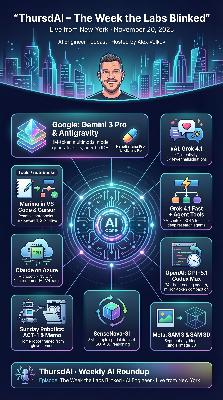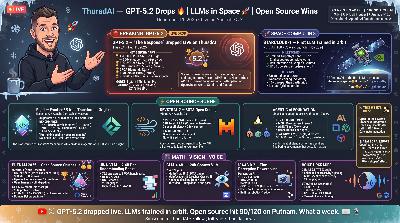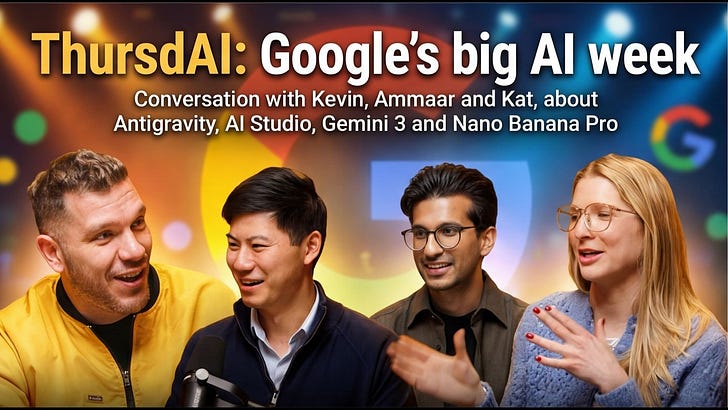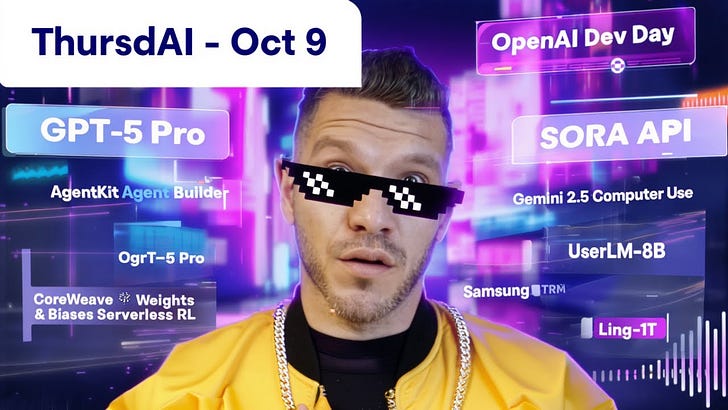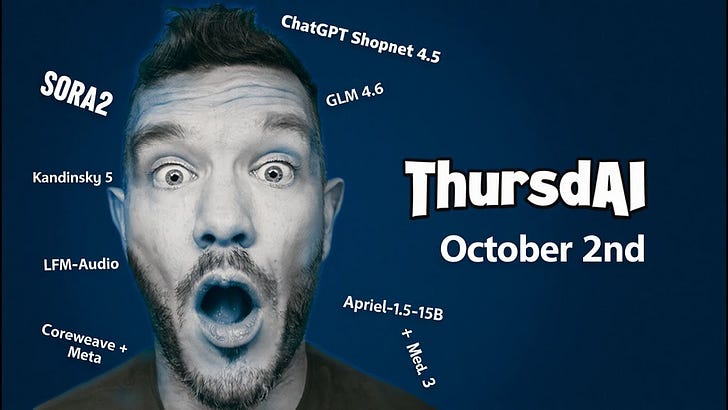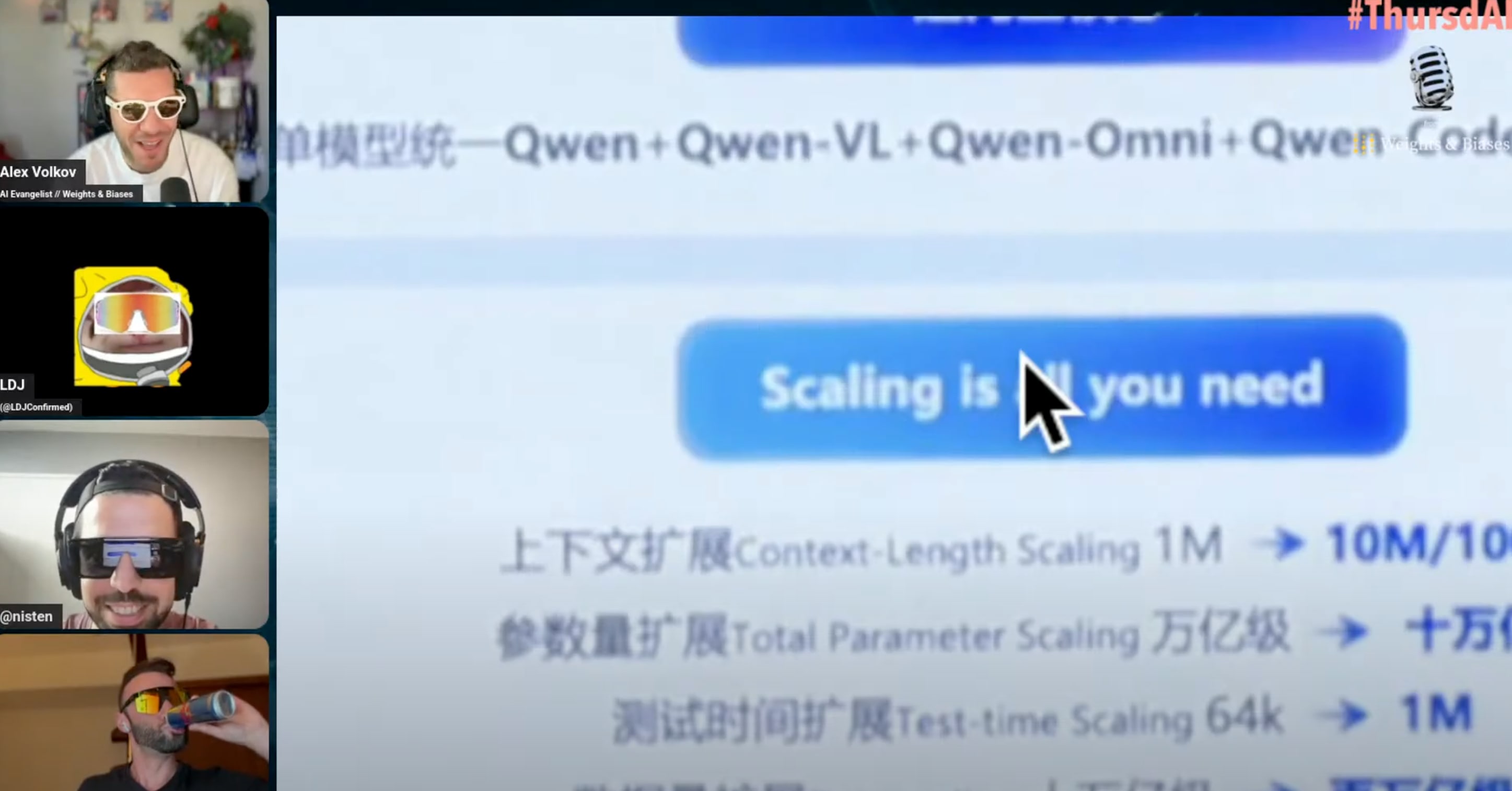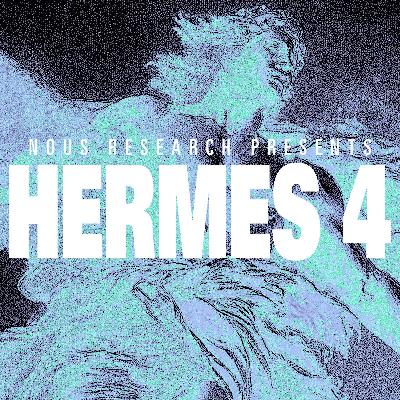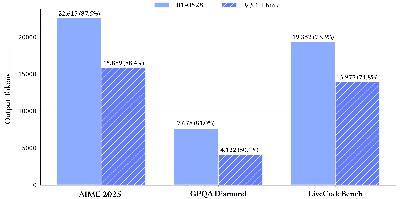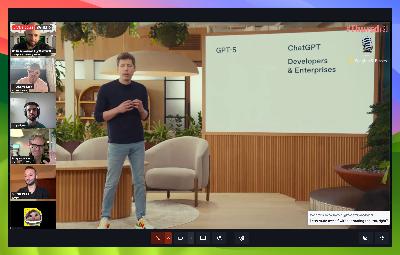📆 ThursdAI - the week that changed the AI landscape forever - Gemini 3, GPT codex max, Grok 4.1 & fast, SAM3 and Nano Banana Pro
Description
Hey everyone, Alex here 👋
I’m writing this one from a noisy hallway at the AI Engineer conference in New York, still riding the high (and the sleep deprivation) from what might be the craziest week we’ve ever had in AI.
In the span of a few days:
Google dropped Gemini 3 Pro, a new Deep Think mode, generative UIs, and a free agent-first IDE called Antigravity.xAI shipped Grok 4.1, then followed it up with Grok 4.1 Fast plus an Agent Tools API.OpenAI answered with GPT‑5.1‑Codex‑Max, a long‑horizon coding monster that can work for more than a day, and quietly upgraded ChatGPT Pro to GPT‑5.1 Pro.Meta looked at all of that and said “cool, we’ll just segment literally everything and turn photos into 3D objects” with SAM 3 and SAM 3D.Robotics folks dropped a home robot trained with almost no robot data.And Google, just to flex, capped Thursday with Nano Banana Pro, a 4K image model and a provenance system while we were already live!
For the first time in a while it doesn’t just feel like “new models came out.” It feels like the future actually clicked forward a notch.
This is why ThursdAI exists. Weeks like this are basically impossible to follow if you have a day job, so my co‑hosts and I do the no‑sleep version so you don’t have to. Plus, being at AI Engineer makes it easy to get super high quality guests so this week we had 3 folks join us, Swyx from Cognition/Latent Space, Thor from DeepMind (on his 3rd day) and Dominik from OpenAI! Alright, deep breath. Let’s untangle the week.
TL;DR
If you only skim one section, make it this one (links in the end):
* Gemini 3 Pro: 1M‑token multimodal model, huge reasoning gains - new LLM king
* ARC‑AGI‑2: 31.11% (Pro), 45.14% (Deep Think) – enormous jumps
* Antigravity IDE: free, Gemini‑powered VS Code fork with agents, plans, walkthroughs, and browser control
* Nano Banana Pro: 4K image generation with perfect text + SynthID provenance; dynamic “generative UIs” in Gemini
* xAI
* Grok 4.1: big post‑training upgrade – #1 on human‑preference leaderboards, much better EQ & creative writing, fewer hallucinations
* Grok 4.1 Fast + Agent Tools API: 2M context, SOTA tool‑calling & agent benchmarks (Berkeley FC, T²‑Bench, research evals), aggressive pricing and tight X + web integration
* OpenAI
* GPT‑5.1‑Codex‑Max: “frontier agentic coding” model built for 24h+ software tasks with native compaction for million‑token sessions; big gains on SWE‑Bench, SWE‑Lancer, TerminalBench 2
* GPT‑5.1 Pro: new “research‑grade” ChatGPT mode that will happily think for minutes on a single query
* Meta
* SAM 3: open‑vocabulary segmentation + tracking across images and video (with text & exemplar prompts)
* SAM 3D: single‑image → 3D objects & human bodies; surprisingly high‑quality 3D from one photo
* Robotics
* Sunday Robotics – ACT‑1 & Memo: home robot foundation model trained from a $200 skill glove instead of $20K teleop rigs; long‑horizon household tasks with solid zero‑shot generalization
* Developer Tools
* Antigravity and Marimo’s VS Code / Cursor extension both push toward agentic, reactive dev workflows
Live from AI Engineer New York: Coding Agents Take Center Stage
We recorded this week’s show on location at the AI Engineer Summit in New York, inside a beautiful podcast studio the team set up right on the expo floor. Huge shout out to Swyx, Ben, and the whole AI Engineer crew for that — last time I was balancing a mic on a hotel nightstand, this time I had broadcast‑grade audio while a robot dog tried to steal the show behind us.
This year’s summit theme is very on‑the‑nose for this week: coding agents.
Everywhere you look, there’s a company building an “agent lab” on top of foundation models. Amp, Cognition, Cursor, CodeRabbit, Jules, Google Labs, all the open‑source folks, and even the enterprise players like Capital One and Bloomberg are here, trying to figure out what it means to have real software engineers that are partly human and partly model.
Swyx framed it nicely when he said that if you take “vertical AI” seriously enough, you eventually end up building an agent lab. Lawyers, healthcare, finance, developer tools — they all converge on “agents that can reason and code.”
The big labs heard that theme loud and clear. Almost every major release this week is about agents, tools, and long‑horizon workflows, not just chat answers.
Google Goes All In: Gemini 3 Pro, Antigravity, and the Agent Revolution
Let’s start with Google because, after years of everyone asking “where’s Google?” in the AI race, they showed up this week with multiple bombshells that had even the skeptics impressed.
Gemini 3 Pro: Multimodal Intelligence That Actually Delivers
Google finally released Gemini 3 Pro, and the numbers are genuinely impressive. We’re talking about a 1 million token context window, massive benchmark improvements, and a model that’s finally competing at the very top of the intelligence charts. Thor from DeepMind joined us on the show (literally on day 3 of his new job!) and you could feel the excitement.
The headline numbers: Gemini 3 Pro with Deep Think mode achieved 45.14% on ARC-AGI-2—that’s roughly double the previous state-of-the-art on some splits. For context, ARC-AGI has been one of those benchmarks that really tests genuine reasoning and abstraction, not just memorization. The standard Gemini 3 Pro hits 31.11% on the same benchmark, both scores are absolutely out of this world in Arc!
On GPQA Diamond, Gemini 3 Pro jumped about 10 points compared to prior models. We’re seeing roughly 81% on MMLU-Pro, and the coding performance is where things get really interesting—Gemini 3 Pro is scoring around 56% on SciCode, representing significant improvements in actual software engineering tasks.
But here’s what made Ryan from Amp switch their default model to Gemini 3 Pro immediately: the real-world usability. Ryan told us on the show that they’d never switched default models before, not even when GPT-5 came out, but Gemini 3 Pro was so noticeably better that they made it the default on Tuesday. Of course, they hit rate limits almost immediately (Google had to scale up fast!), but those have since been resolved.
Antigravity: Google’s Agent-First IDE
Then Google dropped Antigravity, and honestly, this might be the most interesting part of the whole release. It’s a free IDE (yes, free!) that’s basically a fork of VS Code, but reimagined around agents rather than human-first coding.
The key innovation here is something they call the “Agent Manager”—think of it like an inbox for your coding agents. Instead of thinking in folders and files, you’re managing conversations with agents that can run in parallel, handle long-running tasks, and report back when they need your input.
I got early access and spent time playing with it, and here’s what blew my mind: you can have multiple agents working on different parts of your codebase simultaneously. One agent fixing bugs, another researching documentation, a third refactoring your CSS—all at once, all coordinated through this manager interface.
The browser integration is crazy too. Antigravity can control Chrome directly, take screenshots and videos of your app, and then use those visuals to debug and iterate. It’s using Gemini 3 Pro for the heavy coding, and even Nano Banana for generating images and assets. The whole thing feels like it’s from a couple years in the future.
Wolfram on the show called out how good Gemini 3 is for creative writing too—it’s now his main model, replacing GPT-4.5 for German language tasks. The model just “gets” the intention behind your prompts rather than following them literally, which makes for much more natural interactions.
Nano Banana Pro: 4K Image Generation With Thinking
And because Google apparently wasn’t done announcing things, they also dropped Nano Banana Pro on Thursday morning—literally breaking news during our live show. This is their image generation model that now supports 4K resolution and includes “thinking” traces before generating.
I tested it live by having it generate an infographic about all the week’s AI news (which you can see on the top), and the results were wild. Perfect text across the entire image (no garbled letters!), proper logos for all the major labs, and compositional understanding that felt way more sophisticated than typical image models. The file it generated was 8 megabytes—an actual 4K image with stunning detail.
What’s particularly clever is that Nano Banana Pro is really Gemini 3 Pro doing the thinking and planning, then handing off to Nano Banana for the actual image generation. So you get multimodal reasoning about your request, then production-quality output. You can even upload reference images—up to 14 of them—and it’ll blend elements while maintaining consistency.
Oh, and every image is watermarked with SynthID (Google’s invisible watermarking tech) and includes C2PA metadata, so you can verify provenance. This matters as AI-generated content becomes more prevalent.
Generative UIs: The Futu

